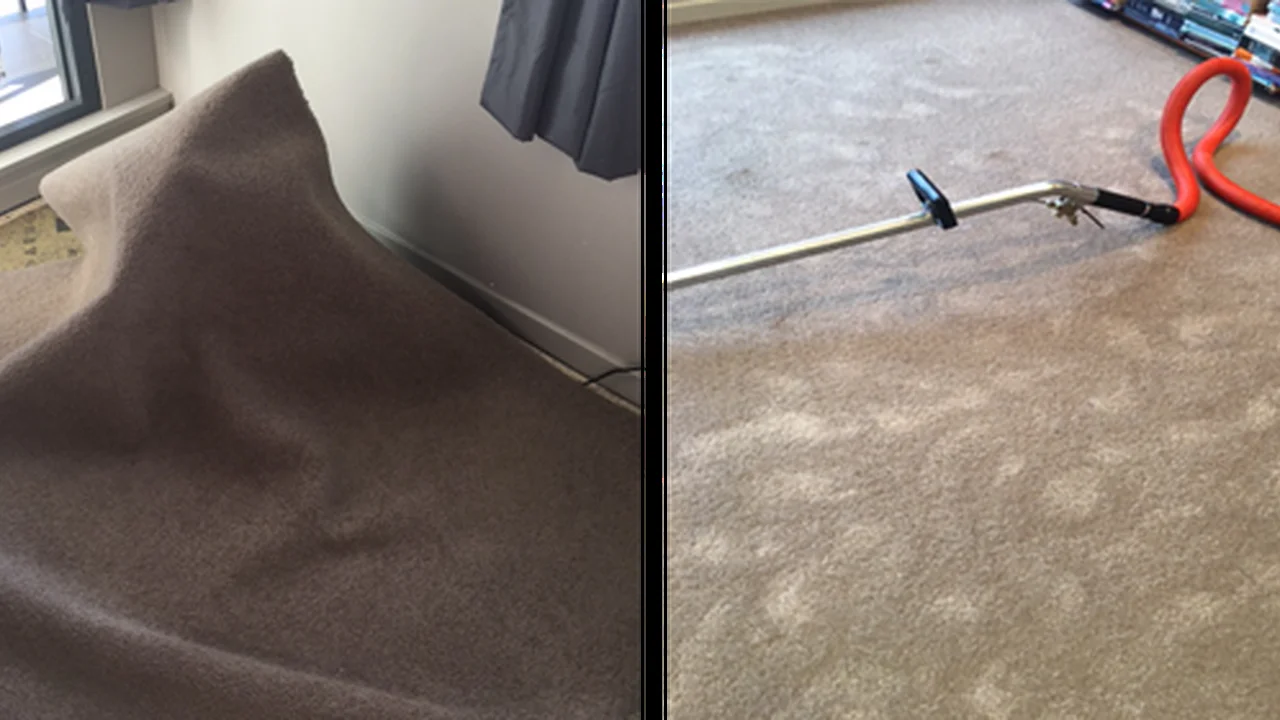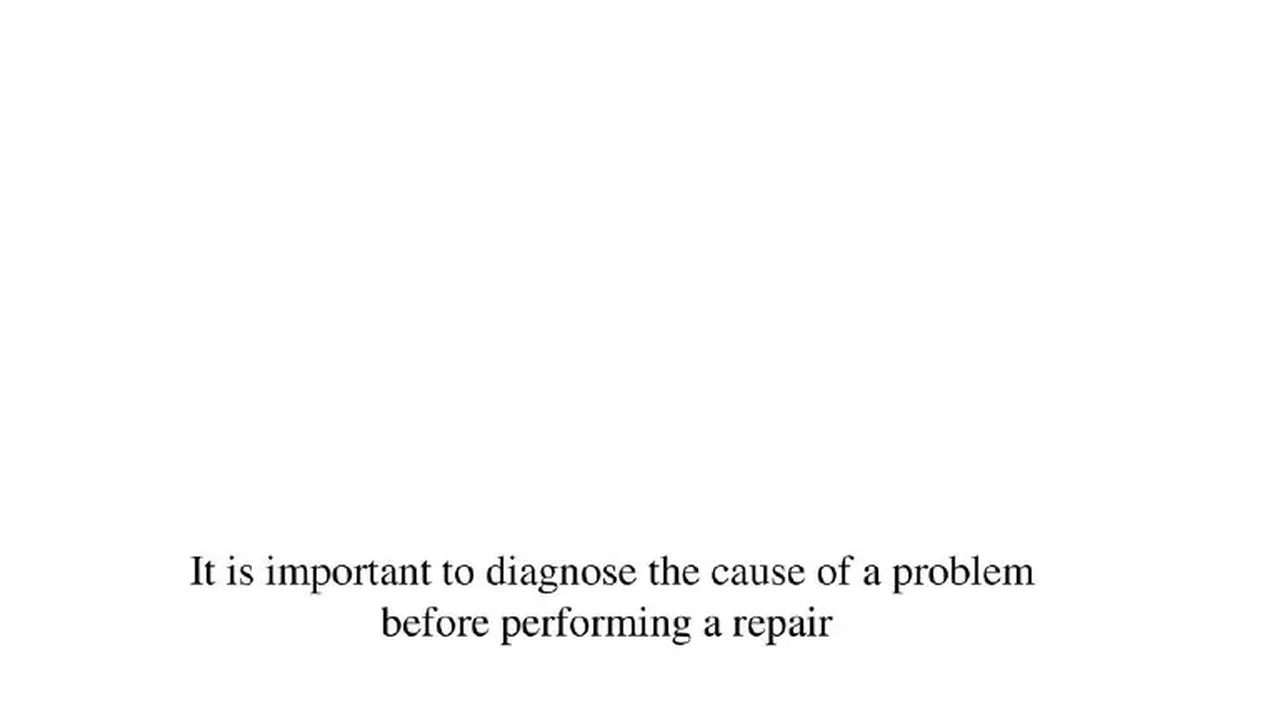Documenting Your Engine Restoration: Best Practices
Ensure you meticulously document your engine restoration project. Keep track of parts, procedures, and results. Facilitate future maintenance and repairs.

Why Document Your Engine Restoration Project?
Okay, so you're diving headfirst into restoring the heart of your classic ride – the engine. That's awesome! But before you get elbow-deep in grease and grime, let's talk about something that might not seem as exciting as horsepower: documentation. Trust me, documenting your engine restoration is like creating a roadmap for future success. It's not just about bragging rights (though, a well-documented project *is* something to be proud of); it's about saving yourself time, money, and headaches down the road.
Think of it this way: years from now, when you (or the next owner) need to troubleshoot a problem or perform maintenance, having a detailed record of what you did, which parts you used, and any challenges you faced will be invaluable. It's like having a cheat sheet for your own masterpiece.
What to Document During Your Engine Restoration: A Comprehensive Checklist
So, what exactly should you be documenting? Here's a breakdown of the key areas:
1. Parts Inventory and Sourcing
This is where you keep track of every single part you remove, replace, or reuse. For each part, record:
- Part Number: Absolutely crucial for future reference.
- Description: Be specific (e.g., "Intake manifold gasket, Fel-Pro 1205").
- Source: Where did you get the part? (e.g., "Summit Racing," "Local salvage yard," "eBay").
- Cost: Keep track of your spending. It adds up quickly!
- Condition (if used): Note any wear, damage, or repairs needed.
Example:
Cylinder Head Gasket, Fel-Pro 1010, Summit Racing, $35.99, New.
Crankshaft, Standard Bore, Local Salvage Yard, $100, Used, Minor scoring, Polished.
Product Recommendations:
- Spreadsheet Software (Google Sheets, Microsoft Excel): Ideal for creating and organizing your parts inventory. Free (Google Sheets) or part of a larger software suite.
- Dedicated Parts Inventory Apps (Sortly, PartKeepr): More specialized features for tracking parts, locations, and quantities. Pricing varies, often subscription-based.
- Old-fashioned Notebook: Sometimes, pen and paper are the simplest solution! Low cost.
2. Procedures and Techniques
Document the steps you take during the restoration process. This includes:
- Disassembly: Take photos and videos as you disassemble the engine. Label parts clearly. Note the order of disassembly.
- Cleaning: Record the methods you use to clean parts (e.g., solvent tank, media blasting, ultrasonic cleaner).
- Machining: If you have any machine work done (e.g., cylinder boring, valve grinding), document the specifications and results.
- Assembly: Note torque specifications, clearances, and any special techniques you use.
Example:
Cylinder Head Installation: Cleaned cylinder head surface with brake cleaner. Installed new head gasket (Fel-Pro 1010). Torqued head bolts in three stages: 20 ft-lbs, 40 ft-lbs, 60 ft-lbs, following torque sequence in shop manual.
Product Recommendations:
- High-Resolution Camera (Smartphone or DSLR): Essential for capturing detailed photos and videos. Cost varies.
- Shop Manual: A must-have for torque specifications and assembly procedures. Typically $20-$50.
- Voice Recorder (Smartphone App): Useful for dictating notes while your hands are busy. Free with most smartphones.
3. Measurements and Specifications
Record all critical measurements and specifications, including:
- Cylinder Bore Diameter: Before and after honing/boring.
- Piston Clearance: Measure the clearance between the piston and cylinder wall.
- Ring End Gap: Measure the gap in the piston rings.
- Valve Clearance: Measure the clearance between the valve stem and rocker arm.
- Bearing Clearance: Measure the clearance between the crankshaft and connecting rod bearings.
Example:
Cylinder #1 Bore Diameter: 4.030 inches (after honing).
Piston #1 Clearance: 0.002 inches.
Product Recommendations:
- Micrometer: For precise measurement of small parts. $50-$200.
- Dial Caliper: Versatile tool for measuring inside and outside diameters. $30-$100.
- Feeler Gauges: For measuring clearances. $10-$30.
4. Problems and Solutions
Document any problems you encounter during the restoration and how you solved them. This is incredibly valuable for future troubleshooting.
Example:
Problem: Stripped threads on exhaust manifold bolt hole. Solution: Used a Heli-Coil thread repair kit to restore the threads.
Product Recommendations:
- Heli-Coil Thread Repair Kit: For repairing stripped threads. $20-$50.
- Penetrating Oil (PB Blaster, Liquid Wrench): For loosening stuck bolts. $10-$20.
5. Photos and Videos: A Visual Record
Photos and videos are worth a thousand words (and probably a few curse words when you're struggling with a stubborn bolt). Take plenty of them! Before disassembly, during disassembly, after cleaning, during assembly – you get the idea. Organize them logically and label them clearly.
Product Recommendations:
- Smartphone Camera: Most modern smartphones have excellent cameras. Free with your phone.
- DSLR Camera: For higher quality images and more control over settings. Cost varies.
- Video Editing Software (iMovie, DaVinci Resolve): For editing and organizing your videos. Free (iMovie, DaVinci Resolve - basic version) or subscription-based.
Tools and Resources for Effective Documentation: Gear Up for Success
Here's a rundown of tools and resources that'll make documenting your engine restoration a breeze:
1. Digital Tools: Embrace the Power of Technology
- Spreadsheet Software (Google Sheets, Microsoft Excel): Create a detailed parts inventory, track expenses, and organize measurements.
- Note-Taking Apps (Evernote, OneNote): Capture notes, photos, and web clippings in a single place.
- Cloud Storage (Google Drive, Dropbox): Back up your photos, videos, and documents to the cloud for safekeeping.
- Project Management Software (Trello, Asana): Organize tasks, set deadlines, and track progress.
2. Physical Tools: The Classics Never Go Out of Style
- Notebook and Pen: For quick notes and sketches.
- Shop Manual: A must-have for torque specifications, wiring diagrams, and assembly procedures.
- Digital Camera: For capturing high-quality photos and videos.
- Label Maker: For labeling parts and containers.
- Storage Bins and Containers: For organizing and storing parts.
Tips for Effective Documentation: Make It a Habit
Here are some tips to make documentation a seamless part of your restoration process:
- Document as You Go: Don't wait until the end of the day (or the end of the project) to document your work. Do it as you go, while the information is fresh in your mind.
- Be Consistent: Use a consistent format for your notes and measurements. This will make it easier to find information later.
- Be Detailed: Don't be afraid to include too much information. It's better to have too much than not enough.
- Organize Your Files: Create a logical file structure for your photos, videos, and documents. Use descriptive file names.
- Back Up Your Data: Regularly back up your data to an external hard drive or cloud storage service.
Examples in Action: Practical Application of Documentation
Let's look at a few scenarios where good documentation can save the day:
Scenario 1: Replacing a Broken Part
Years after your restoration, a sensor fails. Thanks to your meticulous documentation, you can quickly find the part number, source, and cost of the original sensor. You can then order a replacement with confidence, knowing that it's the correct part.
Scenario 2: Troubleshooting a Performance Issue
Your engine is running rough. By reviewing your documentation, you can quickly identify potential causes, such as incorrect valve clearances or a vacuum leak. You can then focus your troubleshooting efforts on the most likely culprits.
Scenario 3: Selling Your Classic Car
When it's time to sell your classic car, your detailed restoration documentation will be a major selling point. It demonstrates your commitment to quality and provides potential buyers with valuable information about the car's history and condition.
Specific Product Comparisons for Documentation Tools
Let's dive into some specific product comparisons to help you choose the best documentation tools for your needs:
Spreadsheet Software: Google Sheets vs. Microsoft Excel
- Google Sheets: Free, cloud-based, easy to collaborate with others. Excellent for basic parts inventory and tracking. Lacks some of the advanced features of Excel.
- Microsoft Excel: Paid, desktop-based, more powerful features for data analysis and visualization. Requires a subscription or one-time purchase.
Recommendation: If you're on a budget and need to collaborate, Google Sheets is a great option. If you need advanced features and prefer a desktop application, Excel is the way to go.
Note-Taking Apps: Evernote vs. OneNote
- Evernote: Versatile note-taking app with powerful organization features. Free plan available with limitations. Paid plans offer more storage and features.
- OneNote: Free, tightly integrated with Microsoft Office. Excellent for organizing notes, web clippings, and images.
Recommendation: Both are excellent note-taking apps. Choose the one that best fits your workflow and integrates with the other tools you use.
Cloud Storage: Google Drive vs. Dropbox
- Google Drive: Free (up to 15 GB), tightly integrated with Google services.
- Dropbox: Free (up to 2 GB), simple and easy to use. Paid plans offer more storage and features.
Recommendation: Google Drive is a great option if you're already using Google services. Dropbox is a good choice if you need a simple and reliable cloud storage solution.
By meticulously documenting your engine restoration, you're not just rebuilding an engine; you're building a legacy of knowledge and care. It's an investment in the future of your classic car and a testament to your passion for automotive excellence. So, grab your tools, fire up your computer, and start documenting! Your future self (and the future owner of your car) will thank you for it.
:max_bytes(150000):strip_icc()/277019-baked-pork-chops-with-cream-of-mushroom-soup-DDMFS-beauty-4x3-BG-7505-5762b731cf30447d9cbbbbbf387beafa.jpg)






